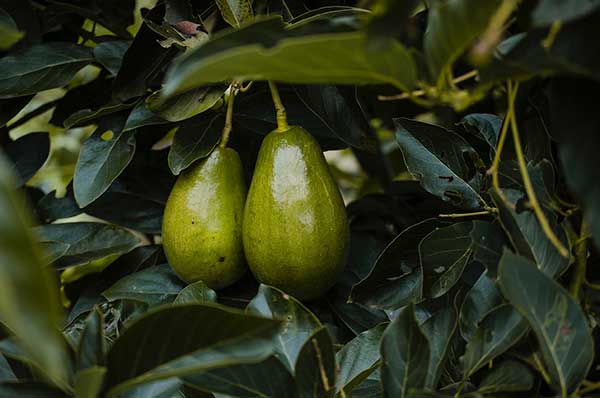Rich in vitamins and antioxidants, kale has long been promoted as a superfood we should all be eating. Unfortunately, the leafy green has just joined a very naughty list of foods said to be coated in chemical residues.
The “Dirty Dozen” is an annual rundown of the 12 most chemical-laced items in the produce aisle. It’s put out by the Environmental Working Group (EWG), a non-profit organization.
According to EWG’s analysis of test data from the Department of Agriculture, 70% of the fruits and vegetables sold in the US contain pesticide residues. Before the test, all of the produce is washed and peeled so it is as ‘clean’ as it can be.
Kale is one of the most contaminated, with 92% of the samples tested containing two or more pesticides. In one case, 18 different chemicals were detected! The most common was Dacthal (DCPA), which is classified by the Environmental Protection Agency as a possible human carcinogen and has been banned in Europe since 2009.
Beyond kale, the list is rounded out with 11 other foods Americans eat every single day.

The EWG’s Dirty Dozen
- Strawberries
- Spinach
- Kale
- Nectarines
- Apples
- Grapes
- Peaches
- Cherries
- Pears
- Tomatoes
- Celery
- Potatoes
The EWG’s report says 90% of the strawberries, apples, cherries, spinach, and nectarines sampled were found to contain residues of two or more pesticides.
Cleaner Options
Luckily, not all hope is lost, and there are plenty of fruits and vegetables found to contain very low levels of potential toxins.
The EWG has also analyzed the USDA data to create a list of 15 foods people can feel better about eating.

The EWG’s Clean Fifteen
- Avocados
- Sweet Corn
- Pineapples
- Frozen Sweet Peas
- Onions
- Papaya
- Eggplants
- Asparagus
- Kiwis
- Cabbages
- Cauliflower
- Cantaloup
- Broccoli
- Mushrooms
- Honeydew Melon
More than 70% of the above ‘clean’ fruits and veggie samples had no pesticide residues at all! The avocados and corn were the cleanest of all, with less than 1% of the samples testing positive for chemicals.
Back to the Basics
A healthy lifestyle is associated with eating plenty of fruits and vegetables. The EWG says its list is meant to help shoppers reduce their exposure to potential toxins by choosing safer options, such as foods with a certified organic label, or those not in the top 12.
The past few years have seen a noticeable boost in the organic movement, and lists like these remind us why. Although more research is always necessary for these fields, recent studies have suggested those who eat more natural foods have lower rates of certain cancers.
It’s also no wonder why more people are planting modern-day victory gardens of their own! There’s nothing better than knowing exactly how your food is grown.